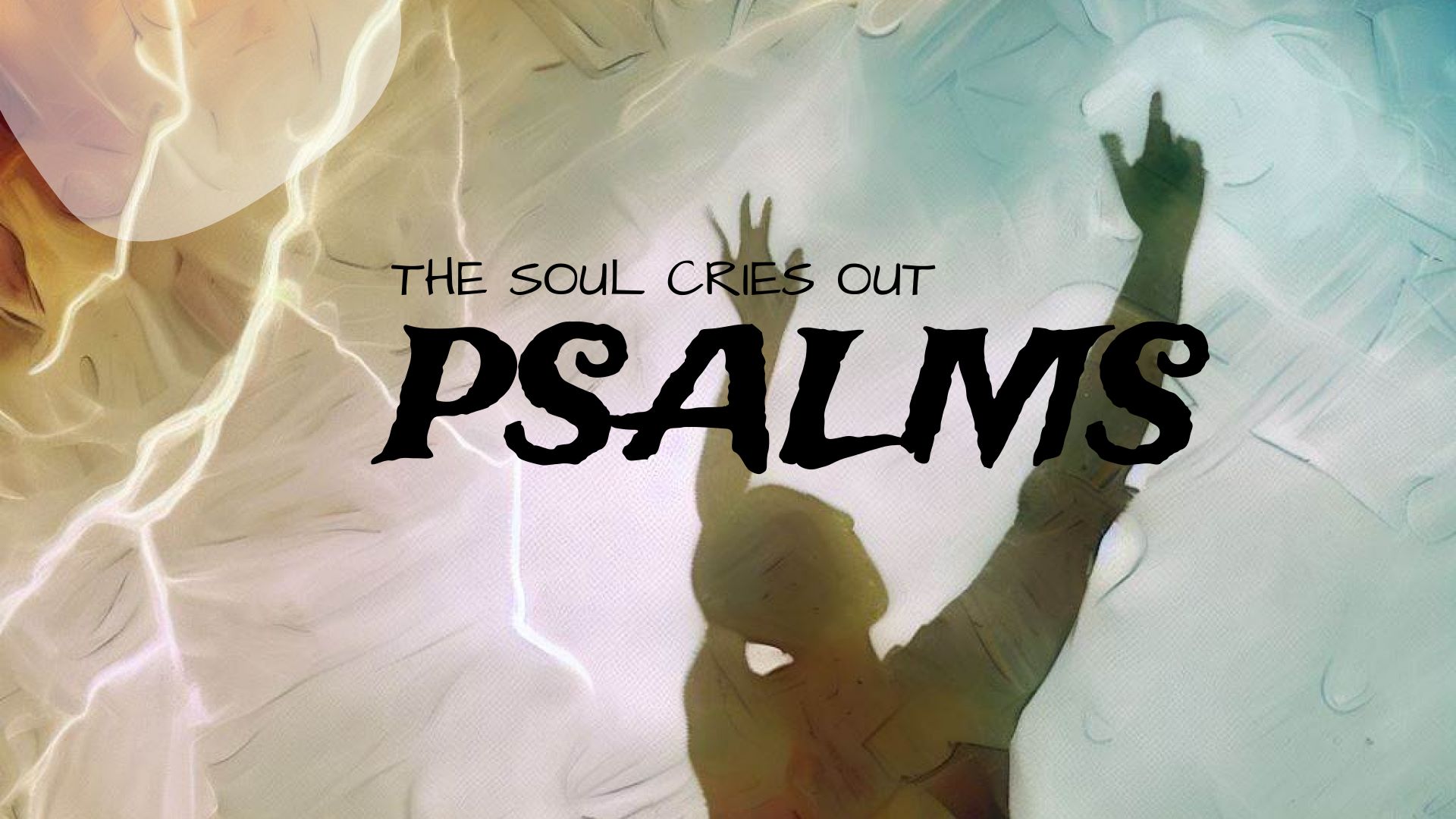If you are following along on the read through the book of psalms plan during our sermon series on Psalms, then you are probably somewhere around Psalm 22 today/this week. Consider with me briefly a few verses from the beginning of this famous psalm: verse of hurt and hope.
3 Yet you are enthroned as the Holy One;
Psalm 22.3-5 (NIV)
you are the one Israel praises.
4 In you our ancestors put their trust;
they trusted and you delivered them.
5 To you they cried out and were saved;
in you they trusted and were not put to shame.
Reading a little more will make one things clear: David trusts that God did great acts of deliverance in the past; David feels like God is not acting to deliver him in his moment of despair.
When ‘Faithful’ Hurts
The memory of past faithfulness comes up in the midst of present torment, of uncertainty, of pain. Allowing for poetic license on the part of David, things at the point of his life Psalm 22 reflects on must have been pretty low. The nations gathered against him, friends turned out to be enemies, enemies turned out to be stronger than expected. He feels as helpless as an emaciated, skeletal body going into the Octagon to fight MMA with the heavyweights.
Two reflections come up. First, this Psalm feels so true to life. We feel the punch of crying out, “My God, my God, why have you forsaken me? Why are you so far from saving me, from the words of my groaning?” (Psalm 22.1). We know the times when sure hope of deliverance are distant memories, obscured behind the enemies, mountains of muscle, who are poised to rip us limb from limb.
Second, the language in this Psalm of desperate uncertainty and pain felt so literal for Jesus, as his enemies conspired against him, as the Roman soldier MMA-heavyweights tore his skeletal body apart.
Hope and Rescue: Past, Present, Future
What value is the hope and rescue of the past in such a time of present despair?
That is a fair question to ask and one which, we can only trust, our lives will force us to wrestle with again and again and again.
Psalm 22, like so many other psalms, completes the journey from past hope to hope for the future. While aspects of Psalm 22 are unique because of the way that it foreshadows Jesus’ death and subsequent resurrection, the journey David travels in this Psalm is a familiar one.
The past gives way to the present which gives way to the future. In the verses we began with, we see the eye of longing gazing back to the past where things worked. Where God proved to be a deliverer in the time of difficulty. Reciting this history is not an intellectual exercise; reciting this history is a prop for faith. Sometimes no more than a flimsy prop for flagging faith, but a prop nonetheless. For when our eyes look around and see nothing but enemies and oppressors, failure and defeat, problems too great for us to deal with, where else shall we turn?
The Journey to Praise
The journey which Psalms teaches us to walk again and again is the journey back to the great acts of God. The journey back to God’s faithfulness in our past. And, in walking this journey, God cries out, sometimes forcefully, sometimes with a plaintive plea, “Hold on! The rescue of the past will be true again. Hold on!”
Reviewing God’s past faithfulness is not for the purpose of mocking our present pain, but of restoring our hearts to hope-filled praise. To praise for a God who became flesh to take on the tortures of humanity—and so much more—delivering hope to any who will join him “in the midst of the congregation” praising God (22.22).

